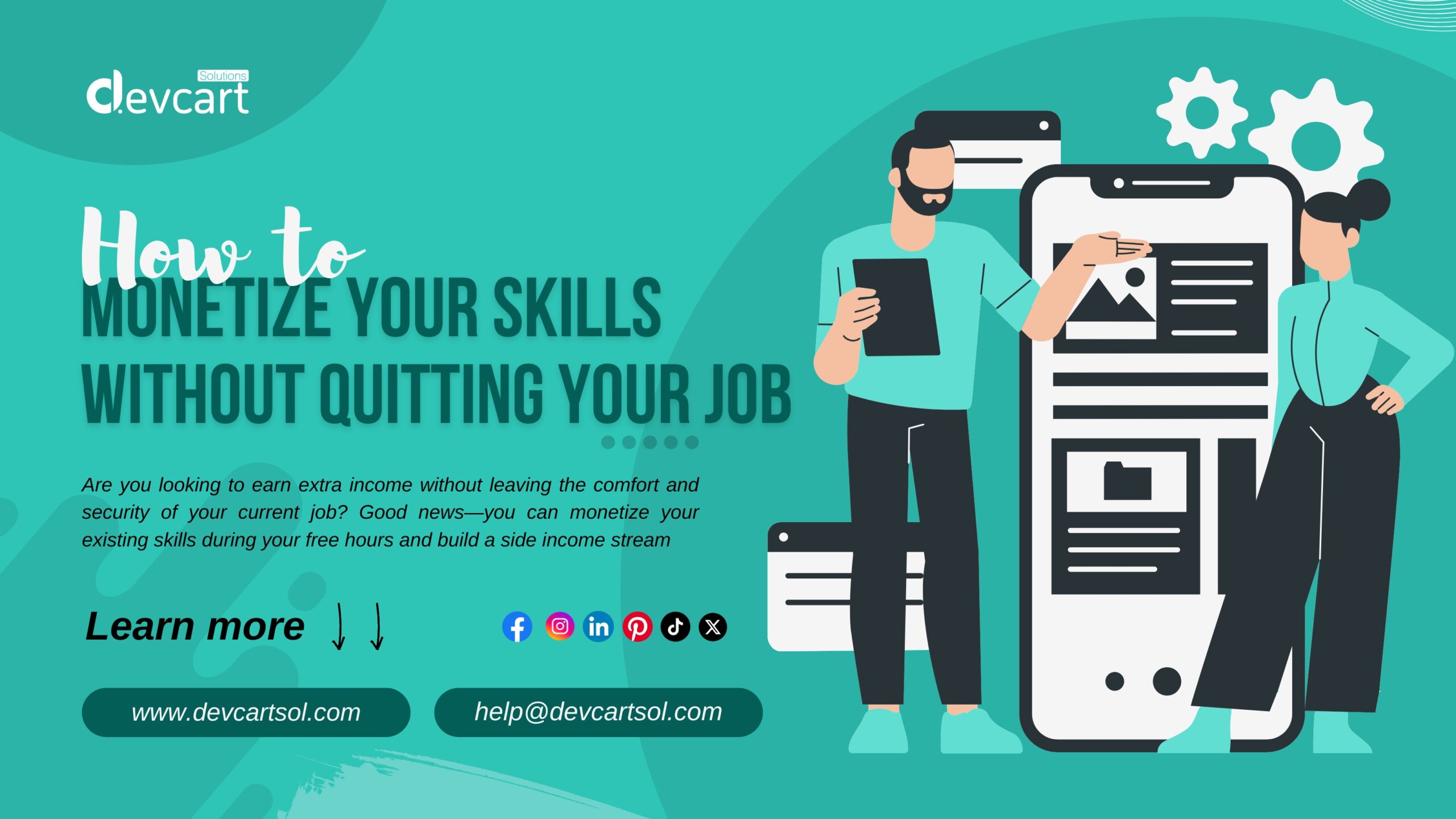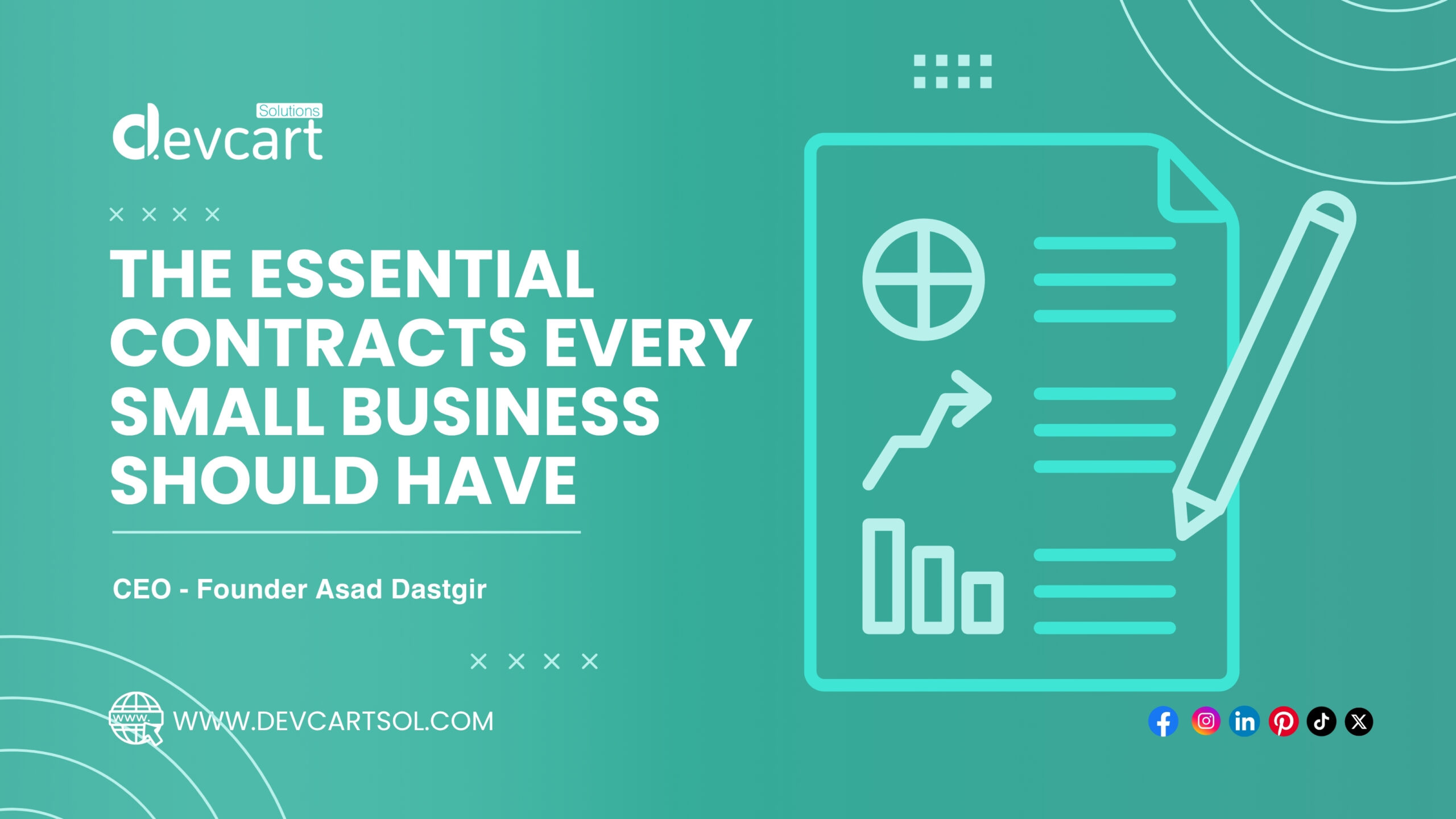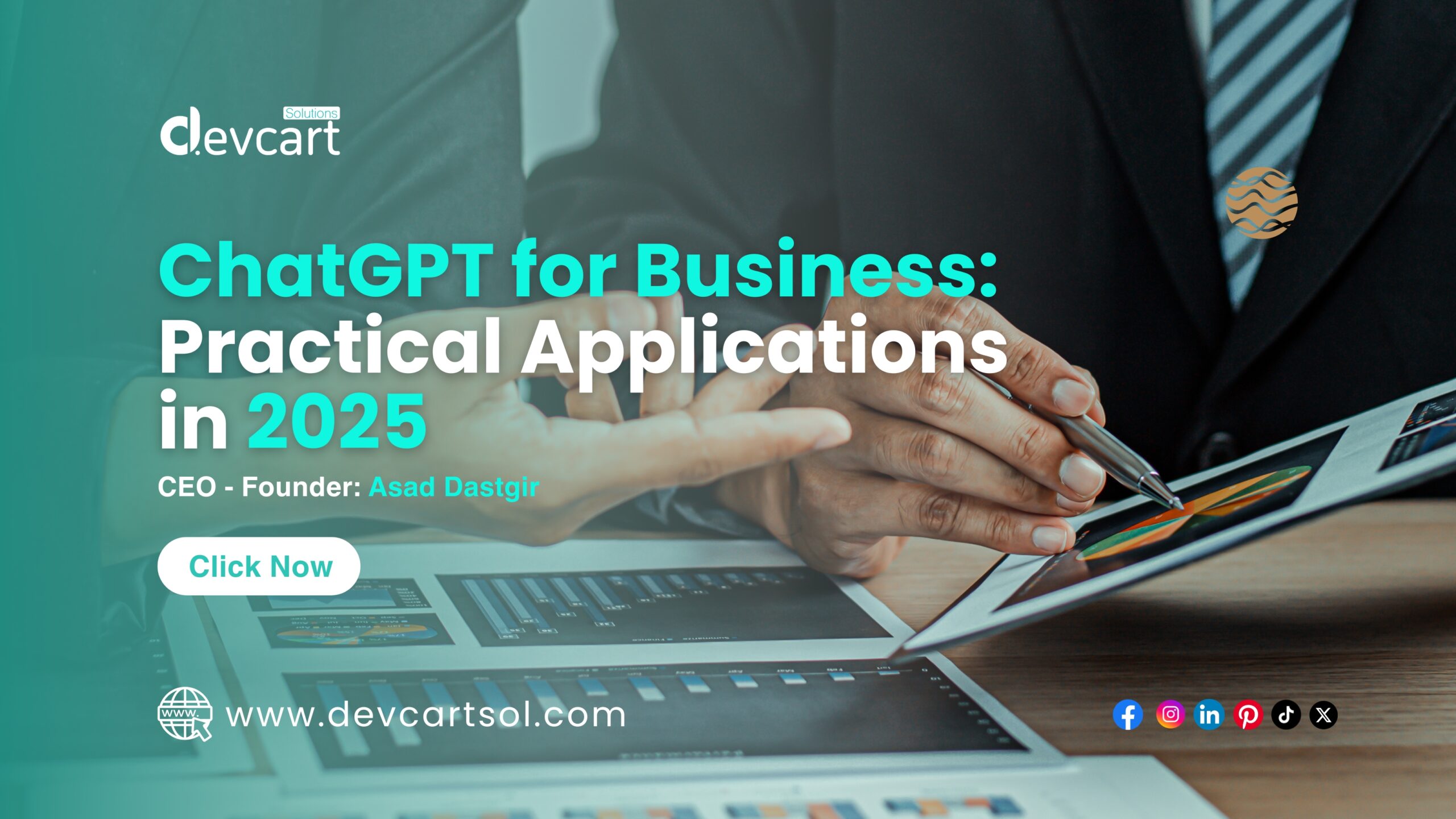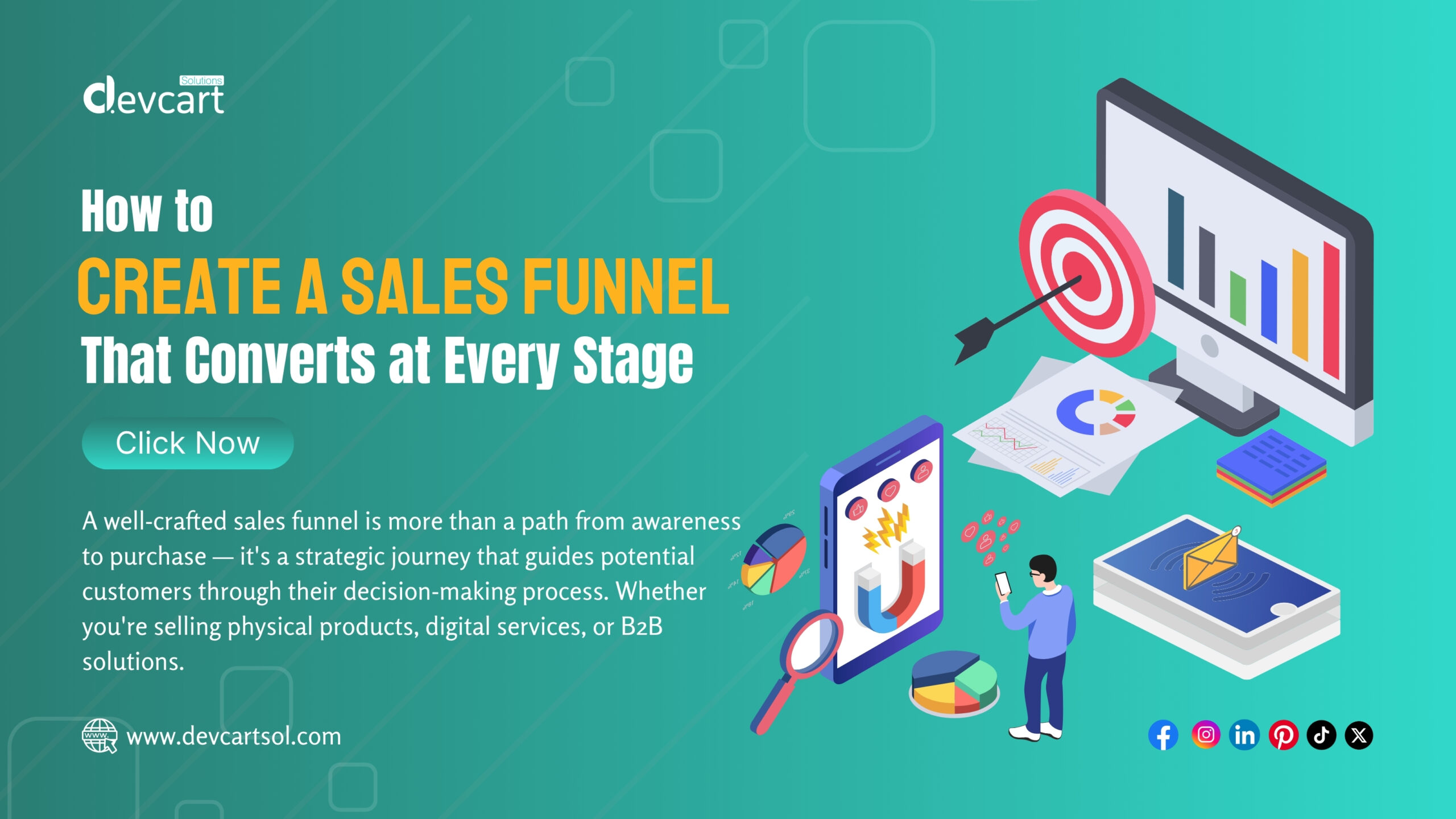Introduction
A well-crafted sales funnel is more than a path from awareness to purchase — it’s a strategic journey that guides potential customers through their decision-making process. Whether you’re selling physical products, digital services, or B2B solutions, mastering each stage of the funnel ensures you capture leads, build trust, and drive conversions consistently. In this blog, we’ll break down how to create a high-converting sales funnel step-by-step and make sure it performs at every stage.
1. Understand the Four Main Stages of the Funnel
Before building, you need to understand the AIDA model — the foundation of most sales funnels:
- Awareness: The top of the funnel (TOFU) — where you grab attention.
- Interest: Middle of the funnel (MOFU) — where curiosity turns into consideration.
- Decision: Lower funnel (BOFU) — where the buyer evaluates your offer.
- Action: The final step — making the purchase or commitment.

2. Create Awareness with Value-Driven Content
This is where potential customers first discover your brand. Your goal here is visibility.
Strategies:
- Run social media ads targeting your ideal audience.
- Create high-value blog posts or YouTube videos optimized for SEO.
- Offer free tools or lead magnets like checklists or templates.
Tip: Use emotionally compelling messaging and speak directly to a problem your target audience faces.
3. Capture Interest with Lead Magnets and Opt-Ins
Once someone engages with your content, it’s time to collect their contact information.
Effective Lead Magnets Include:
- E-books or guides
- Free trials or demos
- Webinars or workshops
- Exclusive discount codes
Tools to Use:
- Landing pages with clear CTAs (Call to Action)
- Email marketing platforms like Mailchimp or ConvertKit
- Popup forms or exit-intent offers on your site
4. Nurture Leads During the Decision Stage
At this stage, prospects are comparing options. You need to show why you’re the best choice.
Tactics to Use:
- Send automated email sequences with valuable insights and case studies.
- Use testimonials, reviews, and social proof.
- Create comparison guides or FAQ sections that overcome objections.
Pro Tip: Add limited-time offers or scarcity-driven messaging to boost urgency.

5. Convert with Clear, Low-Friction Purchase Paths
Once they’re ready to buy, don’t make it complicated. Streamline the purchase process.
Conversion Optimization Techniques:
- Simplify your checkout or sign-up form
- Offer multiple payment methods
- Include a money-back guarantee
- Use strong CTAs like “Start Now” or “Claim Your Offer”
Post-Purchase Bonus: Send a welcome email or onboarding content to confirm value and prevent buyer’s remorse.
6. Don’t Stop There – Add a Post-Purchase Funnel
A successful funnel also includes steps to turn customers into repeat buyers and advocates.
Retention Strategies:
- Upsell or cross-sell related products
- Request reviews and referrals
- Offer loyalty programs
- Provide regular educational content or product updates
7. Test, Measure, Optimize
No funnel is perfect at launch. Use data to tweak each stage for better performance.
Metrics to Track:
- Conversion rate at each stage
- Email open/click-through rates
- Ad performance and ROI
- Bounce rates on landing pages
Use tools like Google Analytics, Hotjar, or HubSpot to track performance and continuously A/B test.
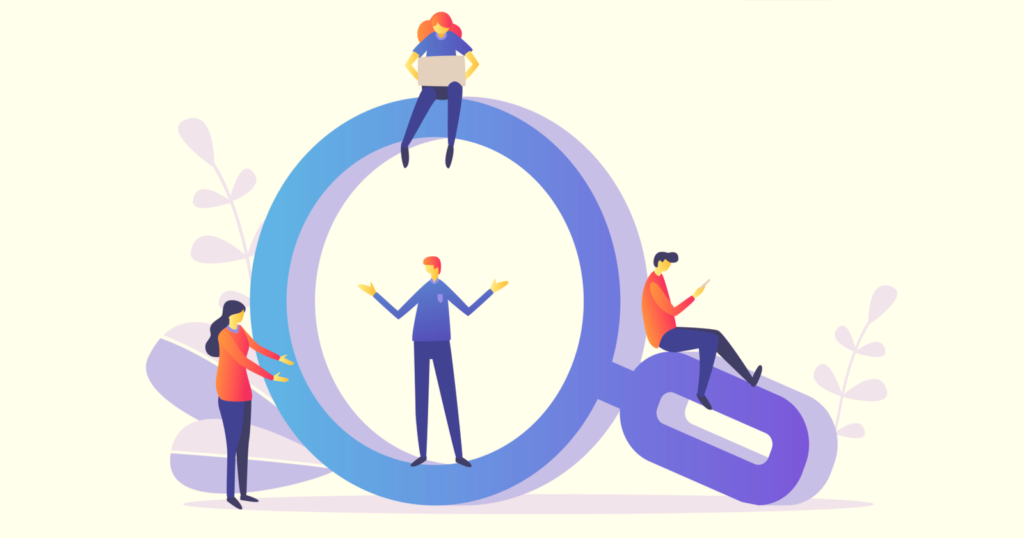
Conclusion
Building a sales funnel that converts at every stage isn’t about guesswork — it’s about strategy, psychology, and optimization. When you focus on creating real value for your audience at every step, you’ll not only increase conversions but build a lasting relationship with your customers.


